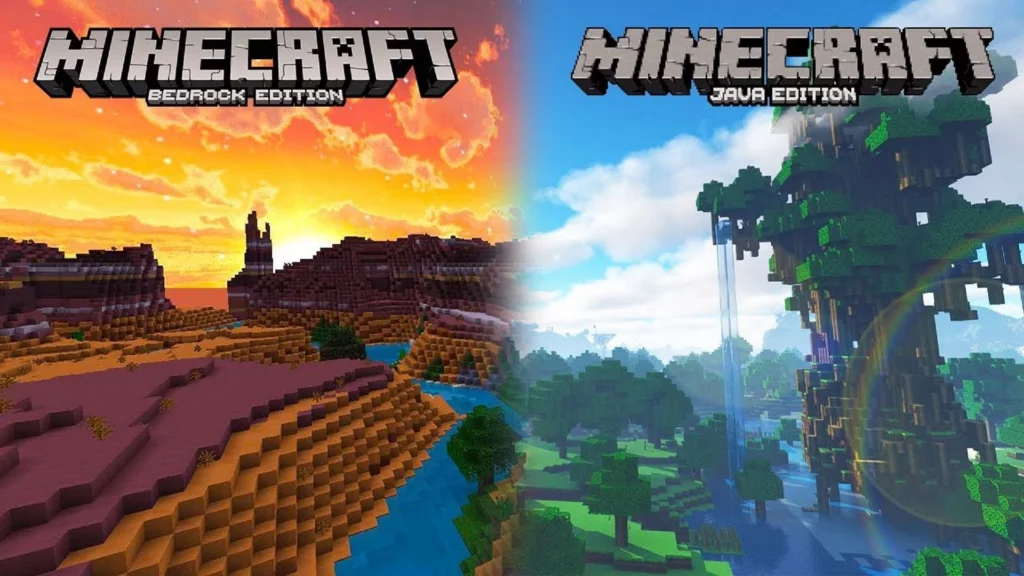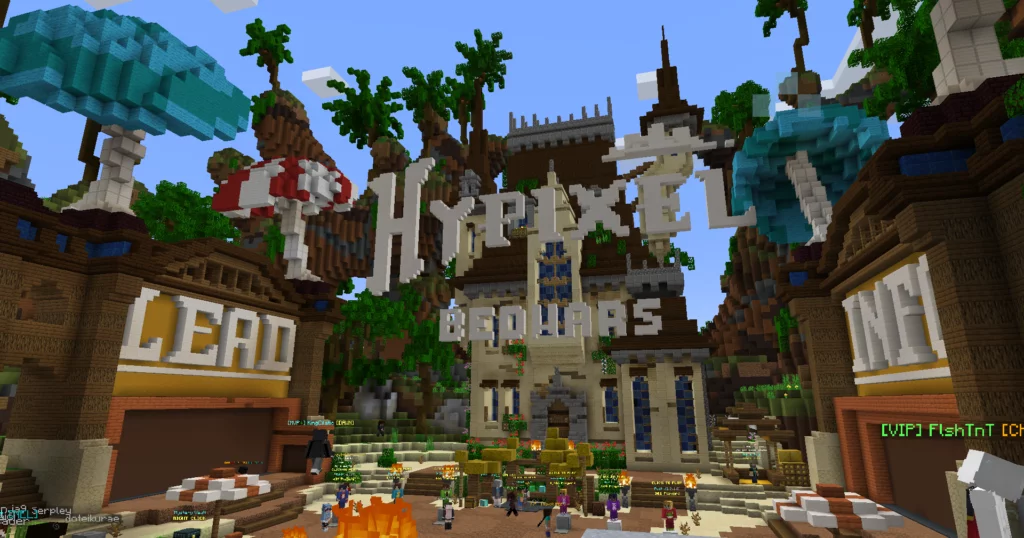In the captivating block universe of Minecraft, a seamless gaming experience is what every player craves. However, at times, we’re halted by the unpredictable demon of server lag. This article delves into understanding why Minecraft servers experience lag and how players can counteract these disturbances. For players seeking a smooth experience, it’s essential to pick the right server. Check out this list of Minecraft Bedrock servers to get started.
Deciphering the Essence of Server Lag
Lag in the server world translates to a delay or slowed response between the player’s input and the game’s response. When gameplay gets choppy, reactions are delayed, or sudden disconnections occur – lag is often the perpetrator. It arises when the server is overwhelmed by the game’s demands.
Predominant Causes Behind Minecraft Server Lag
- Hardware Limitations: Every server demands computational prowess. When the server lacks the power, especially during heightened player activities or intricate builds, lag is a natural consequence.
- Software Bottlenecks: Outdated server software, or even mods/plugins that conflict, can degrade server performance.
- Internet Connectivity: Quality of connection is paramount. Spotty or inconsistent internet can easily result in lag.
- Surging Player Numbers: Each player utilizes server resources. When too many players are online, especially on servers not equipped for large volumes, lag spikes can occur.
- Complex World Dynamics: Vast maps with intricate modifications or densely populated zones can strain server resources.
- Unforeseen Memory Leaks: With time, certain software starts monopolizing memory, which hampers performance.
Combatting the Lag: Solutions at Your Fingertips
Hardware Upgrades: Transitioning to a beefier server can be a game-changer. Higher RAM and an advanced CPU can make a noticeable difference.
Stay Updated: It’s beneficial to have the newest server software. Also, consider server-tweaking plugins like Spigot or Paper, crafted to heighten server efficiency.
Stable Internet is Key: For self-hosted servers, a robust internet connection is a must. On the flip side, selecting hosting services with a reputation for steady connectivity can also be a solution.
Manage Player Count: Implement a realistic player limit to curtail resource drain and ensure smooth performance.
Routine Maintenance: Periodically eliminate redundant plugins or mods. Setting world borders can also be a strategy to control world size.
Memory Fixes: Properly allocate server memory and consider timely restarts to dodge memory leak pitfalls.
Exploring Premium Server Solutions
For players who’d prefer expert handling, many Minecraft hosting solutions out there prioritize performance and lag-free gameplay. They manage all technical nitty-gritty, from hardware to software updates, ensuring players relish a hurdle-free Minecraft journey.
Concluding the Lag Saga
While server lag is a known antagonist, understanding its origins and employing the right remedies can ensure a lag-free gaming session. In Minecraft’s expansive universe, every player deserves an uninterrupted, smooth experience. Armed with the right knowledge, your adventures in the blocky realms can reach new heights.


